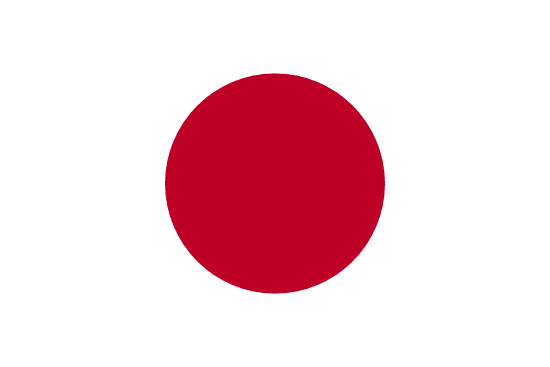"吹けば飛ぶよな、大阪の商人 | If you blow, Osaka's merchants will fly."
About:
Osaka, Japan, established in the 7th century, has been a significant economic hub since ancient times. Known as Naniwa during the Yamato Dynasty, it served as Japan's capital before Kyoto. During the Edo period (1603-1867), Osaka flourished as a merchant city and cultural center. Heavily bombed in WWII, Osaka rebounded, hosting the 1970 World Expo. Today, it's Japan's third-largest city, renowned for its modern architecture, nightlife, and street food. Despite modernization, it retains historical sites like Osaka Castle.
When to visit:
Osaka, a vibrant city in Japan, offers a range of activities and attractions to visitors throughout the year. For a holiday visit, the best time to explore Osaka would be during the spring months of March to May when the cherry blossoms are in full bloom, creating a picturesque landscape. The city also hosts several festivals during this time, such as the famous Tenjin Matsuri in July, offering a unique cultural experience for tourists. Additionally, autumn from September to November is another favorable time to visit Osaka when the weather is pleasant, and the city is adorned with beautiful fall foliage.
When to avoid:
Traveling to Osaka during the Golden Week holiday in late April to early May is considered one of the worst times of the year due to the large influx of domestic tourists. The city becomes crowded and accommodation prices soar during this period. Popular attractions, such as Osaka Castle and Dotonbori, can be especially crowded, leading to long lines and wait times. It is advisable to avoid traveling to Osaka during Golden Week if possible to ensure a more enjoyable and smooth travel experience.
Winter (Dec-Feb)
In Osaka, the coldest and wettest season is winter, specifically in January and February. Temperatures range from 2-10°C (36-50°F), and it's when the city receives most of its rainfall, with an average of 73.6mm in January. Days are shorter with around 5-6 hours of sunlight, often obscured by cloud cover. Snowfall is rare but possible. An average day for a visitor would likely involve overcast skies, intermittent rain, and chilly temperatures. Despite the weather, the city's indoor attractions and hot street foods provide comfort.
Summer (June-August)
The warmest part of the year in Osaka, Japan, typically spans from June to September, with August being the hottest month. During this period, the average daytime temperatures range from 28°C (82°F) to 33°C (91°F), although it can occasionally rise above this.
Rainfall is highest in June due to the Tsuyu (rainy season), which brings heavy showers and cloudy skies. However, by mid-July, the weather becomes more stable, and rainfall decreases significantly. August and September are relatively drier but still experience occasional showers.
Sunlight is abundant during this season, with an average of 6 to 7 hours of sunshine per day. However, the humidity levels are quite high, often exceeding 70%, which can make the heat feel more intense.
Cloudiness varies, with June being the cloudiest due to the rainy season. But as the season progresses, the skies clear up, offering more sunny days in July and August.
For a visitor, a typical day in Osaka during this season would start off warm and humid in the morning, with temperatures quickly rising to their peak in the afternoon. Despite occasional showers, there's plenty of sunshine and clear skies. The evenings remain warm and slightly humid, making it ideal for exploring the city's vibrant nightlife. However, due to the high humidity, it might feel hotter than it actually is, so staying hydrated and wearing breathable clothing is advisable.
Language:
Japanese is the primary language spoken in Osaka, a city in Japan. The local dialect, known as Osaka-ben or Kansai-ben, distinguishes itself from the standard Tokyo dialect with unique vocabulary and intonation. English is also taught in schools and used in business settings, but fluency among residents varies.




